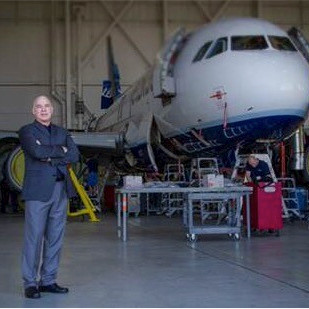Jacqueline Parker's Email & Phone Number
Of Counsel at Ballard Spahr LLP | Adjunct Professor at Elisabeth Haub School of Law
Jacqueline Parker Email Addresses
Jacqueline Parker's Work Experience

PayPal
Director and Counsel
August 2008 to April 2009
Show more
Show less
Frequently Asked Questions about Jacqueline Parker
What is Jacqueline Parker email address?
Email Jacqueline Parker at [email protected]. This email is the most updated Jacqueline Parker's email found in 2024.
How to contact Jacqueline Parker?
To contact Jacqueline Parker send an email to [email protected].
What company does Jacqueline Parker work for?
Jacqueline Parker works for PayPal
What is Jacqueline Parker's role at PayPal?
Jacqueline Parker is Director and Counsel
What is Jacqueline Parker's Phone Number?
Jacqueline Parker's phone (212) ***-*300
What industry does Jacqueline Parker work in?
Jacqueline Parker works in the Financial Services industry.
Jacqueline Parker's Professional Skills Radar Chart
Based on our findings, Jacqueline Parker is ...
What's on Jacqueline Parker's mind?
Based on our findings, Jacqueline Parker is ...
Jacqueline Parker's Estimated Salary Range
Jacqueline Parker Email Addresses
Find emails and phone numbers for 300M professionals.
Search by name, job titles, seniority, skills, location, company name, industry, company size, revenue, and other 20+ data points to reach the right people you need. Get triple-verified contact details in one-click.In a nutshell
Jacqueline Parker's Ranking
Ranked #446 out of 8,920 for Director and Counsel in New York
Jacqueline Parker's Personality Type
Introversion (I), Intuition (N), Feeling (F), Judging (J)
Average Tenure
2 year(s), 0 month(s)
Jacqueline Parker's Willingness to Change Jobs
Unlikely
Likely
Open to opportunity?
There's 79% chance that Jacqueline Parker is seeking for new opportunities


































Jacqueline Parker's Social Media Links
/in/jacqueline-parker-2bb2aa7